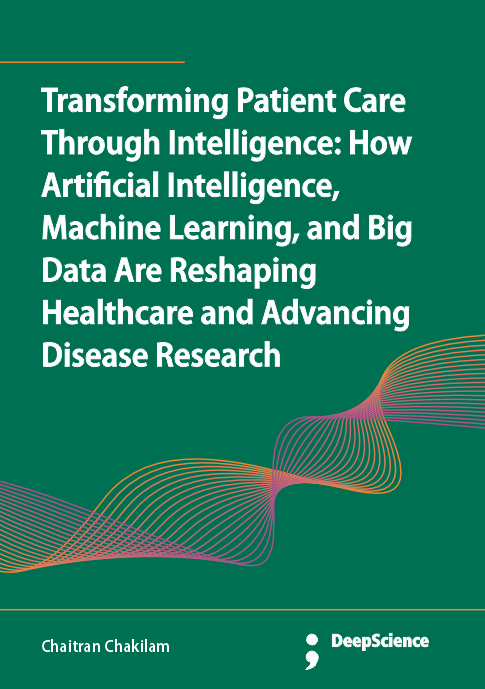Building a data-driven healthcare ecosystem that supports evidence-based clinical decision-making
Synopsis
In the shift from a heretofore individual-clinical level to a population-policy level, where the decision-making processes typically become more uncertain, variable, and complex, it is further proposed that contextual influences play a crucial role in determining what constitutes evidence and how that evidence is utilized effectively in making informed decisions. Recent research and firsthand experience suggest that innovative evidence-based policy, grounded on scientific knowledge and available reproduction of the real-world evidence, is highly relevant across the bio-medical, public health, and clinical fields, and can be built by epidemiological case studies. Discussing the potential transfer of databases to informed policy and personalized healthcare decisions involves, but is not limited to, healthcare providers’ economics as hospital administrators and family doctors, public health policy in terms of health promotion professionals, and patients’ choices in light of the modern bio-communication technologies of the internet and social media.
Firstly, the issues related to the current transfer of database information into knowledge about the health status of the population and about where modifiable predictors (i.e., lifestyle and socio-demographic variables) are involved are considered, along with the use of this knowledge for designing intervention plans. Some issues of potential interest are introduced and highlighted for analysis through a review of the literature, as well as the initial code work and the projects delivering participant information, published health promotion materials, and e-mail messages. Secondly, it is shown that the back-transformation of biomedical research versions of treatment efficacy into general health policy- and patient-oriented versions, about the compliance of these details with the strict, internationally established criteria of empirical evidence, is severely limited. Subsequently, it is emphasized that for the most part, the publicly available databases are devoid of the medically meaningful (and expected) detailed topography-based descriptions, such as the relative contributions of fibroadipose tissue within the bulk mass of the breast and the amount of muscle fiber within the corporeal mass.













